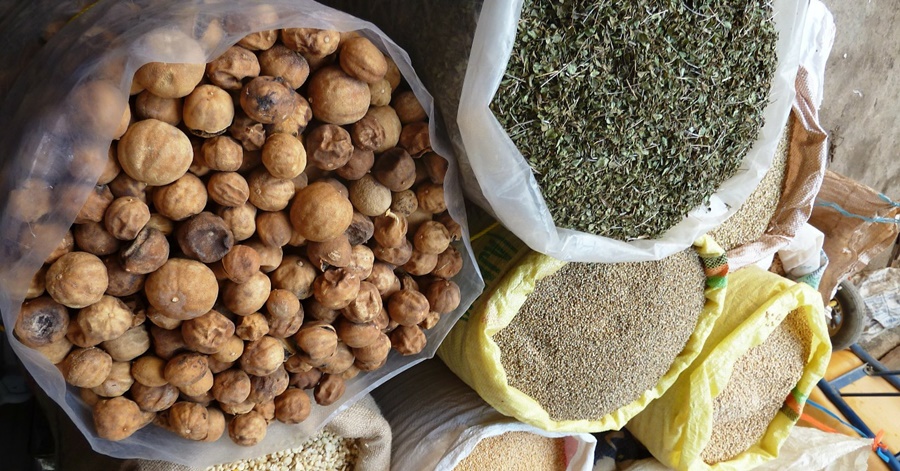Among all Gulf states, Oman is widely considered as the friendliest for expats. There are several reasons for this, including ease of getting accommodation, living in a country with a highly diverse population, and being a generally safe country.
If you’re a Filipino looking to work abroad, then maybe you would consider applying in Oman. What’s the cost of living like in that Gulf nation? In this article, one of our fellow kababayans working in Oman shares details about his life so that we can be informed.
Disclaimer: The information posted here is based on the personal experiences shared by the OFWs in the video below. Please let this post serve as a guide only. If you have specific questions, you may ask the OFWs by commenting on their videos on their accounts.
Monthly Expenses of an OFW in Oman
OFW YouTuber Delmar Pangilinan shares the following facts about living and working in Oman. He talks about the cost of living and tackles three main points: House, Transportation and Expenses. You can watch the full video immediately below.
Oman is located near Yemen and the United Arab Emirates. Its capital city is Muscat.
Rent
According to Delmar, there are only two types of accommodation:
- Flat – located in buildings.
- Villa – like actual houses with parking space; similar to a proper apartment house in the Philippines.
Delmar says he is living in flats.
The price range for villas is 500 to 600 Omani riyals or 66,000 to 79,000 pesos.
The price range for flats is less, but if you live in the capital Muscat, they are around 300 to 400 Omani riyals or 39,000 to 53,000 pesos.
As you can see, accommodation rates are quite expensive, although not as expensive as some other Gulf cities like Dubai.
Delmar said that most OFWs in Oman rent a flat and share the room.
One flat can have three rooms, and there’s more than one OFW in each room to save money.
Transportation
Oman has three means of public transportation:
- Taxi – typical sedan taxis similar to the Philippines
- Big Taxi – Toyota Hi-Ace, vans
- Buses
When it comes to taxis, sometimes you have to bargain for the payment. According to Delmar, when you ride a taxi alone, the taxi drivers will ask you if you want to “engage” or just be a normal passenger.
To engage means you’re paying for the fare of another person who could’ve joined you in the taxi. For a 3 km ride, taxi drivers will ask you for 1 riyal and 500 Baisas or 210 pesos.
But if you’re going with someone, you can just pay as a normal passenger, or 300 Baisas or 40 pesos.
Big Taxis are cheaper but there are many passengers inside the van. There can be as many as 11 people inside.
There are city buses in Muscat with a price range of 300 – 400 Baisal, or 40 – 52 pesos.
There are also big buses that go to the provinces. For a 10-hour ride you can pay as much as the equivalent of 1,000 pesos.
Expenses
Oman has many local markets, fish markets, that sell goods at a very cheap price.
Delmar said that you can buy one big fish that you can consume in 2 to 3 days for just 1 riyal.
Obviously, there is no pork for sale in local markets, but you can buy other meat like beef, chicken, mutton and quail.
Delmar also said that vegetables are really cheap. Most are in the range of 100 Baisas.
Moreover, he said he was surprised that the vegetables are cheap because its not your typical agricultural country.
There you have it. These are the typical monthly expenses when you work and live in Oman. Interested? To learn more about working in Oman, check out Delmar’s YouTube channel.
